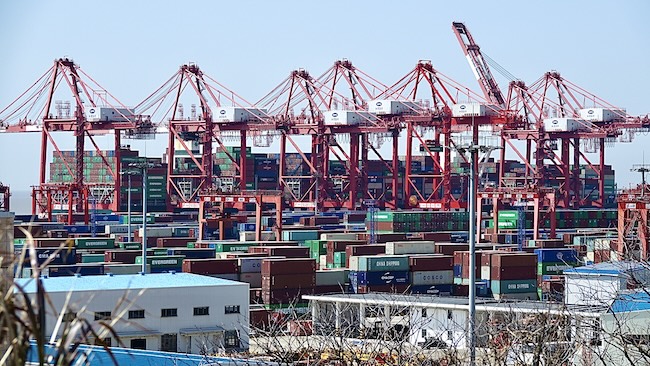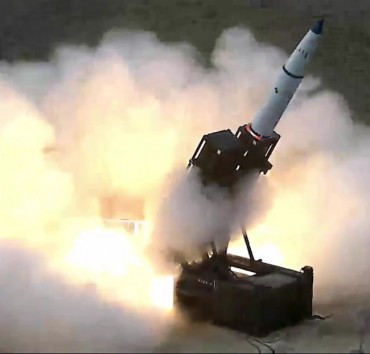SEOUL, Aug. 7 (Korea Bizwire) – A recent survey has revealed that 7 out of 10 South Korean companies are either currently affected or anticipate future impacts from China’s aggressive low-price export strategy.
This development comes amid concerns that the strategy may persist due to rising inventory levels in China.
According to a study conducted by the Korea Chamber of Commerce and Industry (KCCI) involving 2,228 manufacturing firms nationwide, 27.6% of respondents reported actual effects on their sales or orders due to Chinese products’ low-price exports.
An additional 42.1% expressed concern about potential future impacts, despite not experiencing immediate effects.
The survey indicates that the damage from Chinese firms’ low-price offensive is more severe in overseas export markets than in the domestic market.
Among export-oriented companies, 37.6% reported performance impacts, significantly higher than the 24.7% of domestic market-focused firms reporting similar effects.
Industry-wise, the impact varies considerably. Battery manufacturers, already struggling with decreased electric vehicle demand, are facing additional pressure from Chinese low-price competition.
The secondary battery sector reported the highest impact at 61.5%, followed by textiles and clothing (46.4%), cosmetics (40.6%), steel and metal (35.2%), and electrical equipment (32.3%).
In contrast, industries such as automobiles (22.3%), medical precision instruments (21.4%), pharmaceuticals and biotech (18.2%), non-metallic minerals (16.5%), and food and beverages (10.7%) reported relatively lower impacts from the price offensive.
The primary effects of China’s low-price strategy on South Korean firms include decreased selling prices (52.4%) and reduced domestic market transactions (46.2%).
Companies also reported decreased sales in overseas export markets (23.2%), reduced exports to China (13.7%), and business downsizing or suspension due to poor performance (10.1%).
To counter this challenge, South Korean firms are focusing on strategies such as developing high-value products and improving quality (46.9%), diversifying products and expanding market base (32.4%), exploring new export markets (25.1%), and reducing costs including labor expenses (21.0%).
Adding to the complexity of the situation, China’s finished goods inventory rate, which had dropped to 1.68% in November 2023 following aggressive overseas exports, has risen to 4.67% as of June, indicating potential for continued low-price export strategies.
The KCCI survey also highlights concerns about China’s rapid technological advancement. Only 26.2% of respondents believe they have maintained a consistent technological and quality advantage over Chinese competitors in the past five years.
A significant 73.3% of firms currently ahead or on par with Chinese competitors expect to be overtaken within the next five years.
To address these challenges, South Korean companies are calling for increased domestic industry protection measures (37.4%), expanded R&D support (25.1%), assistance in new market development (15.9%), and enhanced trade finance support (12.5%).
Kang Seok-gu, head of the KCCI’s survey division, noted a sharp increase in anti-dumping petitions filed by South Korean firms against foreign imports, with six cases filed in the first half of this year alone, compared to the usual annual average of five to eight cases.
He emphasized the need for a shift in government response strategies amid escalating global trade disputes.
Ashley Song (ashley@koreabizwire.com)







